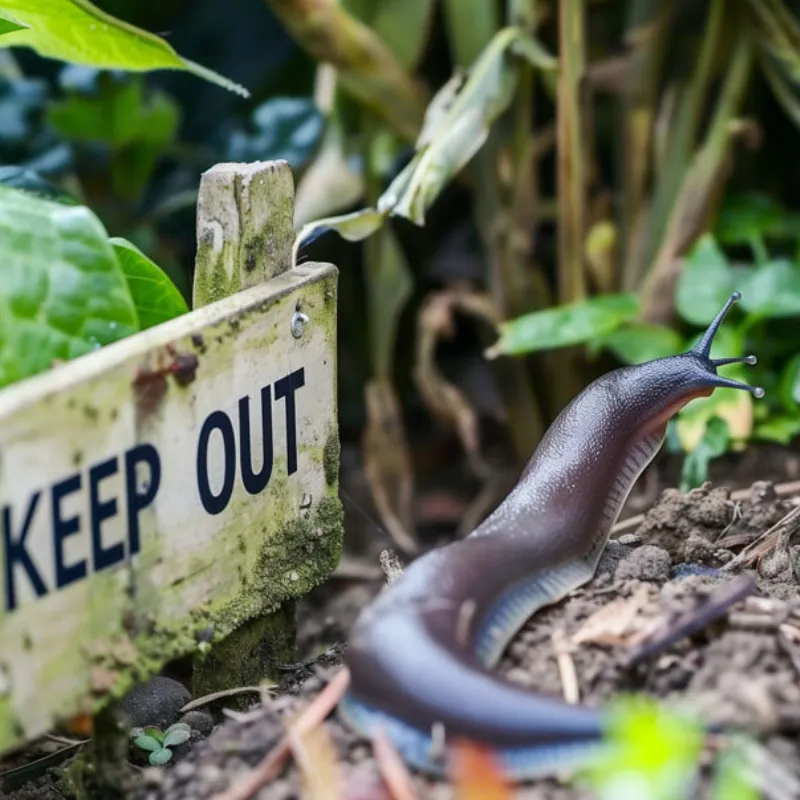How to Grow Veg with David Domoney
Choosing to start a vegetable garden is rewarding and sustainable with the crops providing sustenance to the whole family. Find out some of the best vegetables to grow at home, and how to tend and nurture them.
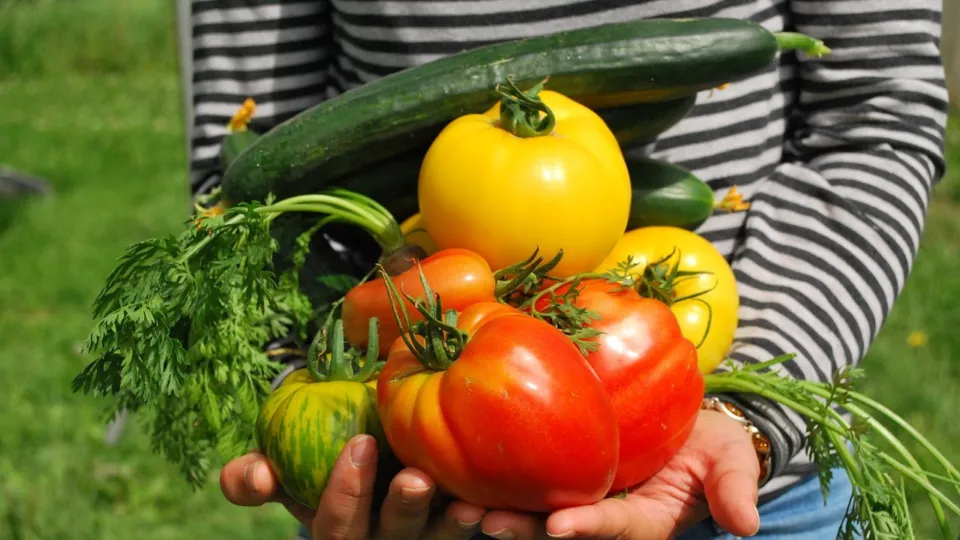
Root Vegetables
The first essential you need to have for root vegetable growing is plenty of space underground, with many root vegetables needing at least 60 cm of room underground to grow comfortably.
Carrots
A root vegetable staple, which is not only very good for you but also easy to grow, is the humble carrot. This vegetable boasts a long list of health benefits, including carotenoids, which are great for your eyesight and skin health. Within my seed range are finger carrots, large carrots, and baby carrots. Sow the seeds 15-30 cm apart to give them plenty of room to grow.
Sow baby carrots between February and July to harvest between May and November. Carrot fingers can be sown between March and July to crop between May and October, and larger carrots need a little more patience, sowing between March and July to harvest between June and November.
Parsnips
Parsnips are a roast dinner staple, but they are also a delicious addition to soup, mashed, or even baked into sweet muffins. The health benefits you can enjoy including being a rich source of active plant compounds such as flavonoids, which have anti-inflammatory, antimicrobial, and anti-cancer properties. To grow, like most root vegetables, takes a little well-earned patience and care.
Sow them outdoors thinly, in rows that are approximately 40 cm apart, between February and May. Once the seedlings eventually appear, and are able to be handled, thin out your plants to 20 cm apart, and wait until they are ready to harvest between October and February.
Leafy Greens
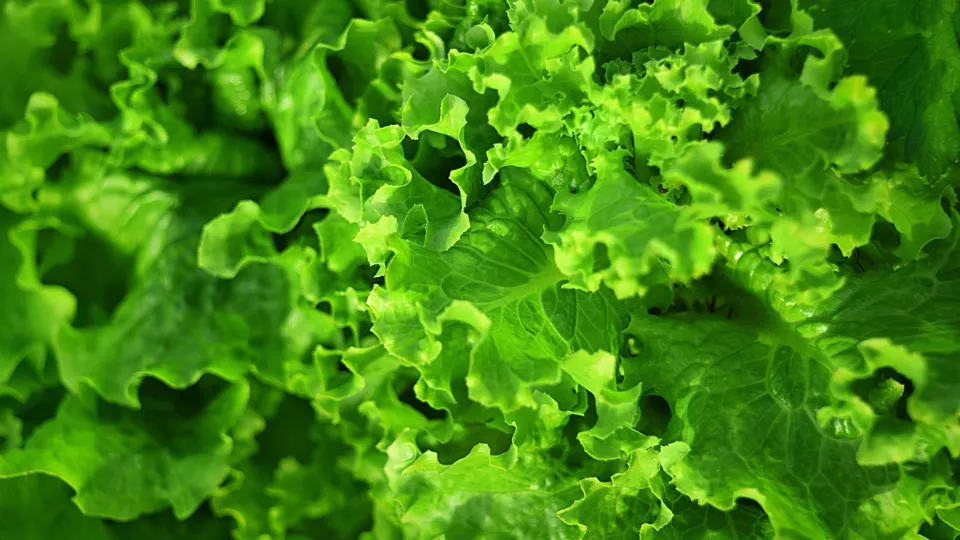
Lettuce
These vegetables are quick to crop and harvest, so ideal for reaping the rewards quickly. Within my seed range are several varieties of lettuce with similar sowing and cropping ranges.
Sow your lettuce seeds, such as Cos, Little Gem, or Iceberg, directly outside between March and July, or Lollo from March to August. Once they are large enough to handle, thin them out, with Iceberg and Cos benefitting from 25 cm apart, Lollo approximately 25 cm, and Little Gem just 15 cm. They can then be harvested from as early as May through to October.
Spinach
Another hero leafy green vegetable worth growing is spinach, which has a large variety of health benefits. These include nitrates for reduced blood pressure, and iron, which helps red blood cells to function. It is also a very versatile addition to meals, whether fresh in smoothies, or wilted in baked meals, soups, or stews.
Spinach is easily grown and sown outdoors between February and August. Sow them in rows about 30 cm apart, and thin each plant to 10 cm apart once they are large enough to handle. These can then be harvested continuously from May through to October.
Bulb Vegetables
This type of vegetable is perfect for savoury and warming winter dishes, as a delicious vegetable feature, garnish on salads, or wonderful oniony flavouring for tarts.
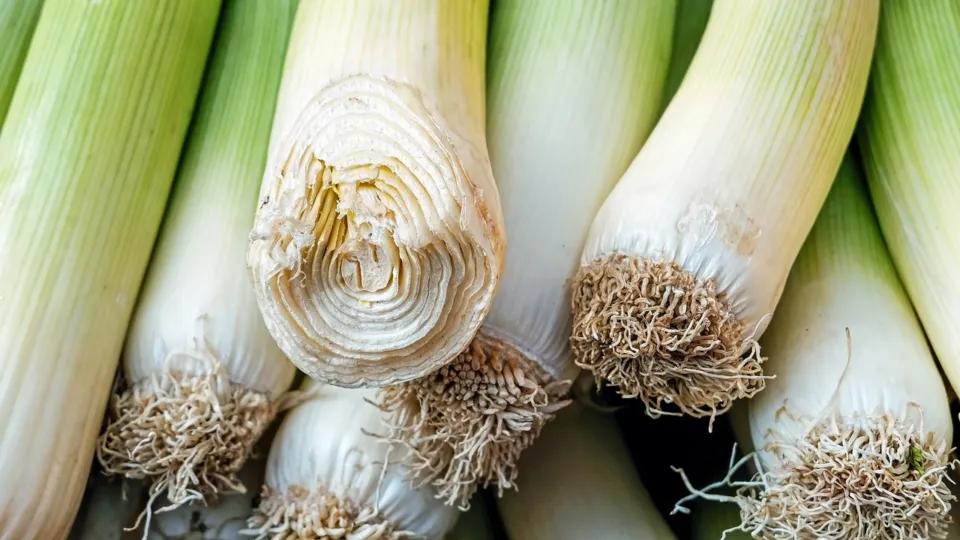
Leeks
These accommodating vegetables are very versatile additions to meals. This includes being a source of vitamin A, which can be wonderful for your immune system.
You can sow leeks indoors or outdoors, indoors between January and March, and outdoors between April and May. If you decide to sow them indoors, make sure to space the rows 20 cm apart, and for both methods, keep the plants well-watered.
Young plants and seedlings benefit from regular watering until they are established. You can adjust the amount and frequency of water your Irrigatia kit dispenses easily using the button at the side.
Indoor sown plants should eventually be transplanted into new trays, and between May and June taken indoors to acclimatise before being planted out. Ensure there are 15 cm between individual plants and 30 cm between rows. They should be perfectly ready for harvesting between October and March.
Spring Onions
Spring onions, or ‘scallions’, are a perfect vegetable to grow to add to almost any meal, whether that is as a key ingredient, or simply a garnish, ideal for this thanks to their mild taste. Rich in vitamin C, only 80 grams of spring onions count as one of your five-a-day.
Sow spring onion seeds outdoors 15 cm apart from March to July, repeatedly sowing every 2-3 weeks within this period for continuous cropping. They will be ready to harvest between May and October with very little fuss or maintenance needed. Be mindful of overwatering, which could result in powdery mildew on your Spring Onions. Irrigatia’s dripper system helps to reduce the risk of overwatering with no work from you.
Brassicas
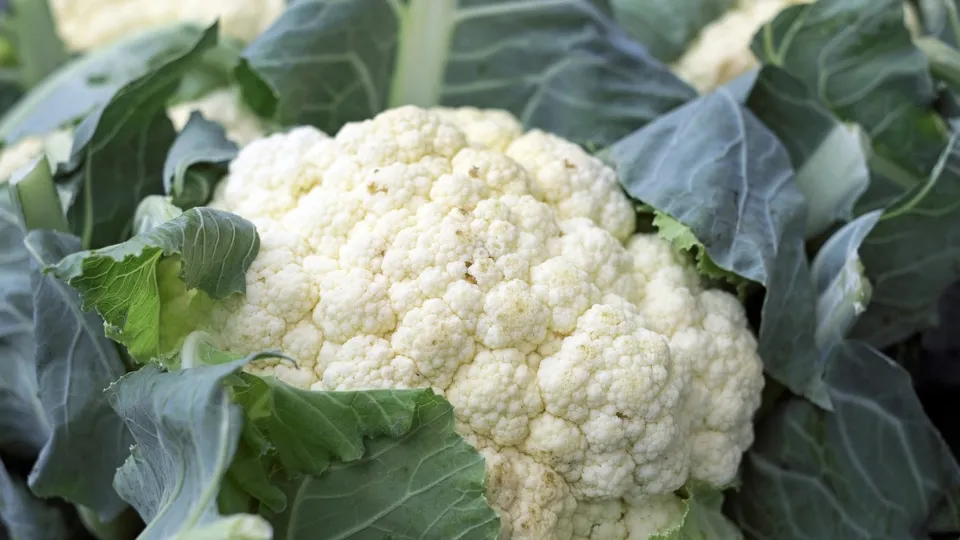
Cauliflower
The most basic form of a brassica is a cabbage, but some other familiar brassica vegetables derive from the humble cabbage. Cauliflower, for example, is a highly evolved form of this vegetable and can be found in more shades than just their classic white.
Cauliflower can be sown outdoors from March to June and between September and October, in rows 25 cm apart. They can be sown indoors alternatively between January and March, thinly in trays of peat-free compost. For plants sown outdoors, transplant them into their final positions 60 cm apart, but only once the plants are at least 10 cm tall.
Cauliflower sown indoors can be transplanted into individual pots once they can be handled, and then once 10 cm tall, outside within their pots to acclimatise. Then, plant them in their final positions. They can then be harvested between June and October. Just ensure they have consistent moisture to help produce well-shaped heads, but be mindful of pest controls throughout the season.

Ensuring your vegetables are suitably watered is of the upmost importance to guarantee a healthy crop. Take the worry out of this process by utilising an Irrigatia solar-powered irrigation kit. For smaller vegetable patches, the SOL-C12L kit can sustain up to 12 individual plants, whilst the SOL-C24L can instead water up to 24. If you have a particularly large vegetable patch, the SOL-C60L can water up to 60 individual plants, for a variety of different vegetables to offer a breadth of nutrition.
Whether you’re hoping to make the most of a small garden or grow more of your own food at home, water your plants perfectly every time with Irrigatia.


